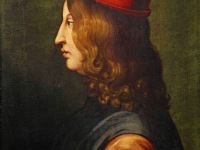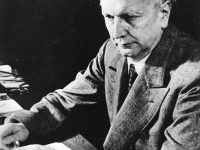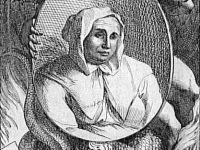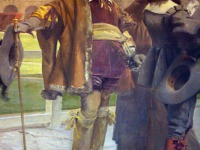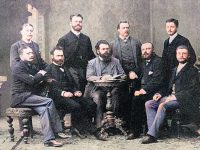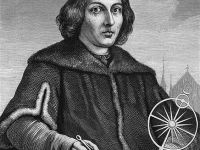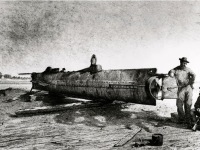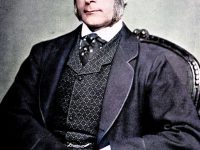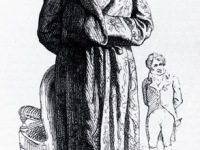Pico della Mirandola and the 900 Theses
On February 24, 1463, Italian Renaissance philosopher Count Giovanni Pico della Mirandola was born. He is famous for, when at the age of 23, he proposed to defend 900 theses on religion, philosophy, natural philosophy and magic against all comers, for which he wrote the famous Oration on the Dignity of Man, which has been called the “Manifesto of the Renaissance“, and a key text of Renaissance humanism and of what has…
Read more

